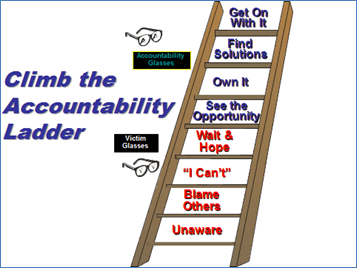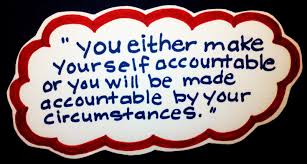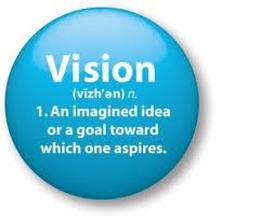
Our experience strongly, strongly reveals that when policies are created before the actual need arises, that partners and teammates feel more fairness in outcomes. Otherwise, policies developed “on-the-fly”, when things are tense and a conflict is at-hand, may seem arbitrary and personal as opposed to what might be best for the business.
Creating a Conflict Resolution Policy and process ahead of time can work well for the longer-term harmony within your family farm business. This is a part of your management system and communications platform that can be accomplished in a relatively short time period and won’t take all day to figure out. Go ahead, make an investment in your business. If you need a little help getting started, send me an email and I can share some resources with you and your team.









 RSS Feed
RSS Feed
